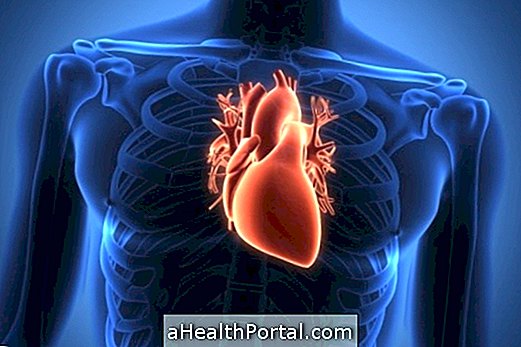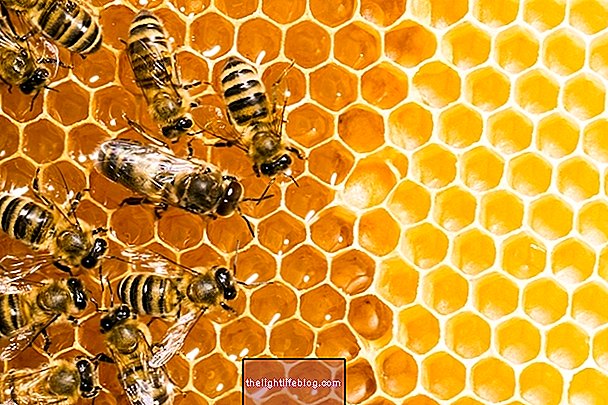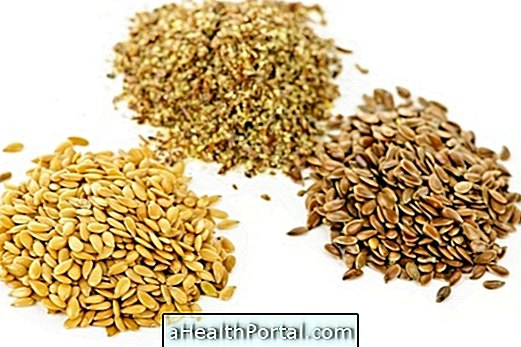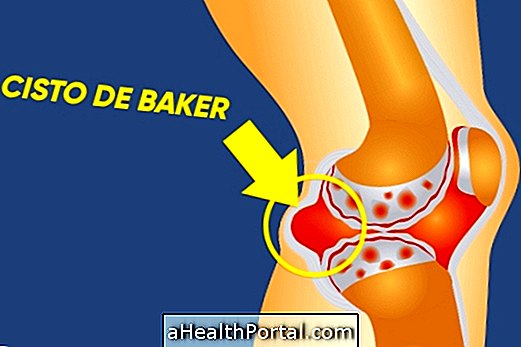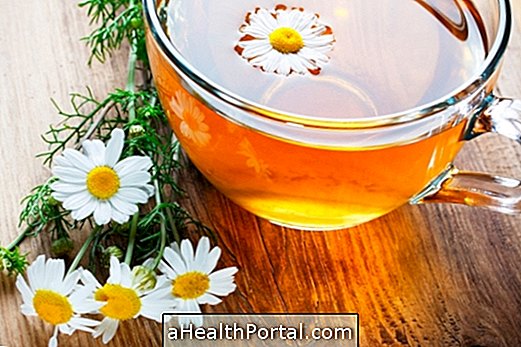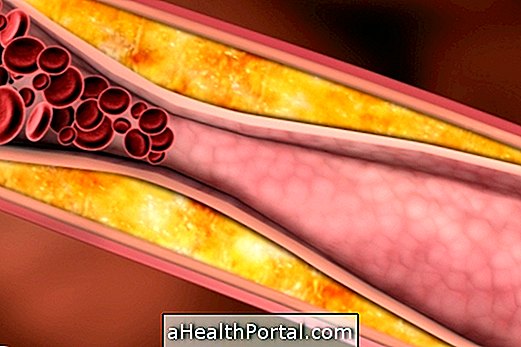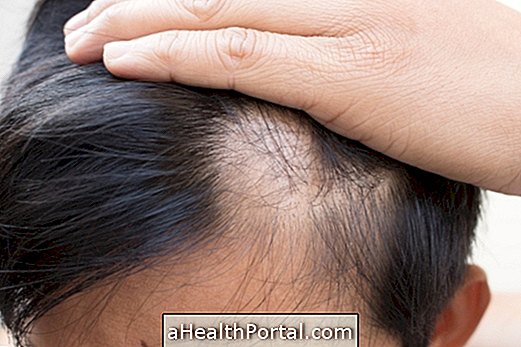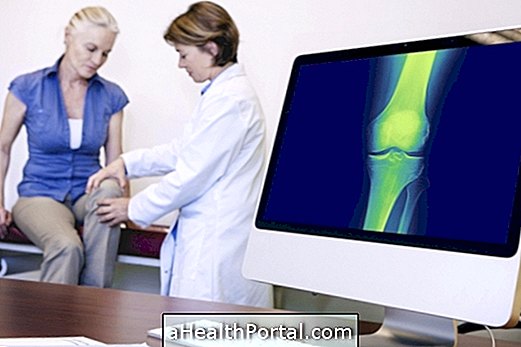Treatments for rheumatoid arthritis should be indicated by the rheumatologist because there are remedies that should be used at certain stages of the disease. However, in addition to these, it is also recommended to do physiotherapy, but feeding is also a great help to combat the symptoms.
Rheumatoid arthritis is an autoimmune disease that causes symptoms like joint pain but no cure. None of these treatments will cure arthritis, but when used correctly, they can help improve the person's quality of life by lessening the symptoms and preventing the progression of the disease.
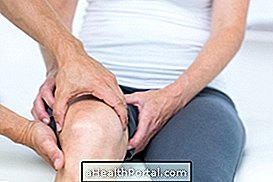

The best treatment options are:
1. Natural treatment for rheumatoid arthritis
The natural treatment can be done with the use of medicinal plants that have anti-inflammatory, analgesic and diuretic properties, in the form of tea, juice or poultice. Some good examples of natural remedies for arthritis are:
- Tea of horsetail, fennel and burdock;
- Take the eggplant juice with lemon when you wake up;
- Take the pineapple juice daily .
Sucupira tea is also great, and this plant can also be used in capsules. See more tips in the following video:

2. Remedies for rheumatoid arthritis
Drug treatment is done by taking anti-inflammatories, corticosteroids and immunosuppressive drugs that change the course of the disease in order to prevent its progression. Some examples of remedies are:
| Anti-inflammatory | Ibuprofen, Celecoxib, Nimesulide, Torsilax. |
| Corticoids | Prednisone, Prednisolone. |
| Immunosuppressants | Methotrexate, Leflunomide, Orencia, Sulfassalazine, Actemra and salts of gold. |
Anti-inflammatories can be taken for up to 14 days and are recommended for the early stage of the disease. Ointments should be used where necessary and injections of corticosteroids are indicated in the most severe cases where an immediate result is expected, but should not exceed 4 applications per year.
Immunosuppressive drugs decrease inflammation of the joint and other extra-articular manifestations that the disease causes and may also be used singly or in combination. However, many of these medications should be avoided during pregnancy, so see how to treat rheumatoid arthritis in pregnancy.
3. Physiotherapy for rheumatoid arthritis
Physical therapy is a great way to reduce pain, inflammation and improve the quality of movement in the affected joint. Physical therapy is also important in keeping muscles properly strengthened and stretched, as well as avoiding or decreasing joint deformities.
Physical therapy should include active and passive exercises and stretching, the use of electrotherapy appliances, and the use of hot water bags. In addition, the practice of aerobic physical exercises such as walking, cycling, swimming and water aerobics may also be indicated. Learn more about this treatment: Physiotherapy for arthritis.
4. Surgery for rheumatoid arthritis
When rheumatoid arthritis generates deformities that diminish the quality of life of the individual, the doctor can evaluate the need to perform surgery to change the joint affected by a prosthesis. But this will depend on the general health of the individual and their daily activities.
5. Alternative treatment for arthritis
Alternative treatment for rheumatoid arthritis can be done with diet, meditation, acupuncture, auriculotherapy, massage, chiropractic, biofeedback, among others, but does not exclude the need for clinical and physiotherapeutic treatment, although they may improve the individual's quality of life.
Signs and improvement and worsening
Signs of improvement appear with due treatment and include decreased symptoms and improved movement, however, the symptoms tend to be more intense and complications may arise if treatment is not performed. As this disease has no cure it is necessary to carry out the treatment for the whole life, being also important to avoid smoking, alcoholic drinks and to practice exercises regularly, with the accompaniment of a professional of physical education.
Complications of rheumatoid arthritis
Due to the involvement of bones, cartilages, joint capsules, tendons, ligaments and muscles, joint deformities can arise, which hinder movements and leave an un-esthetic appearance in the person.
As the disease is progressive and has no cure, over time, the person may have deformities such as fingers in the wind and fingers in swan neck, knees 'turned' inwards and flat feet. To prevent these complications it is recommended to follow the treatment indicated by the doctor and to do physiotherapy sessions regularly.
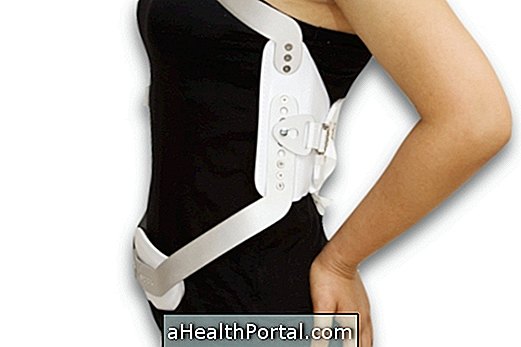

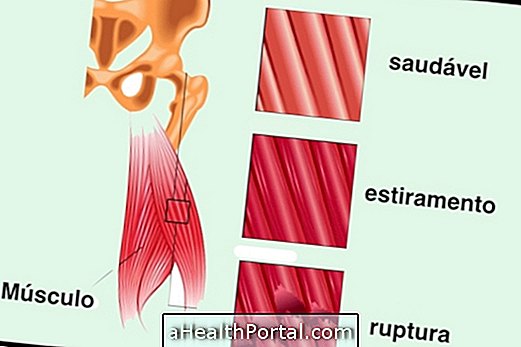

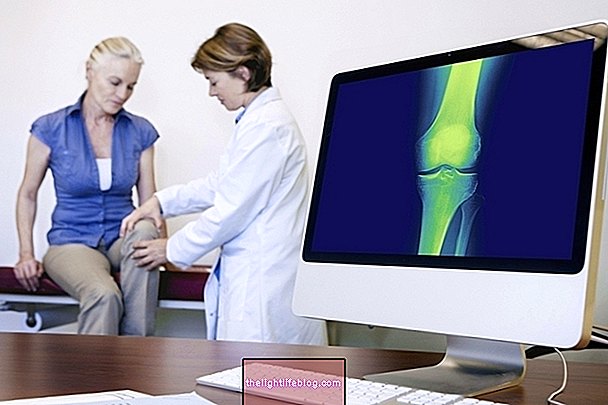




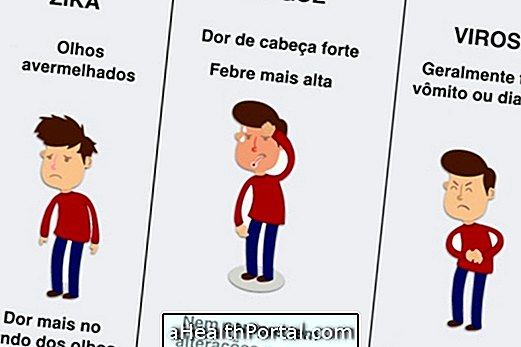


-o-que--sintomas-e-tratamento.jpg)
